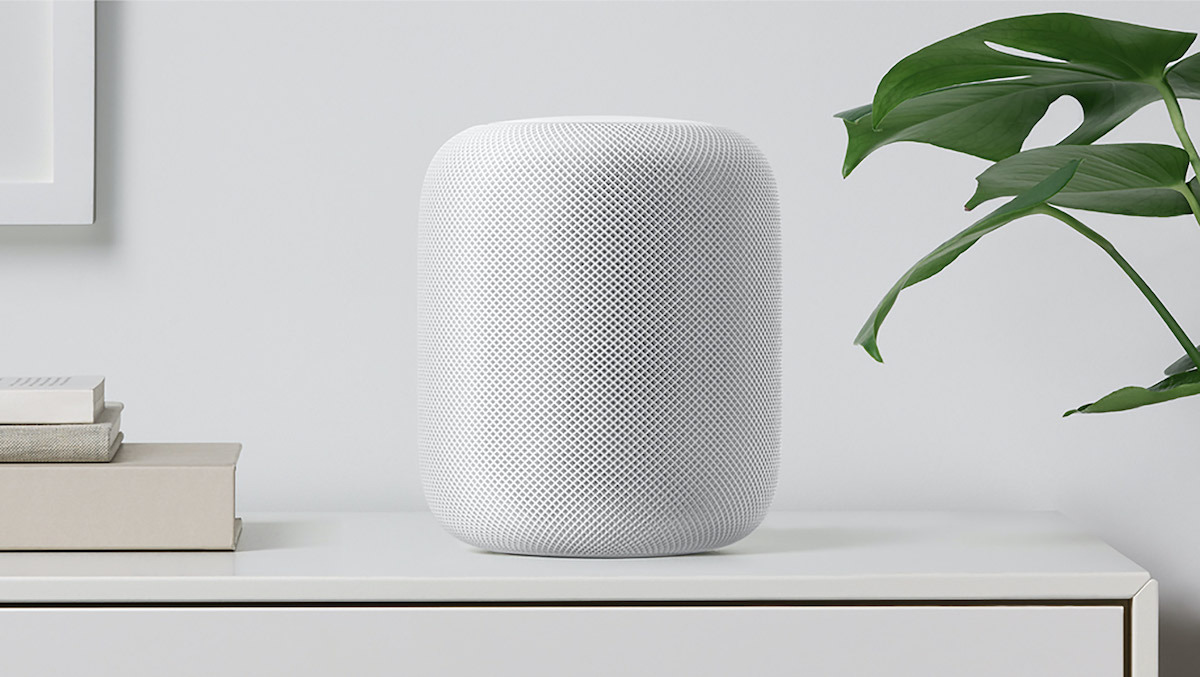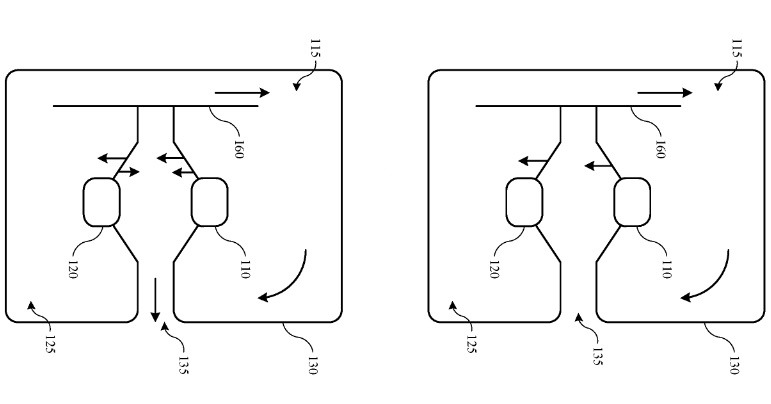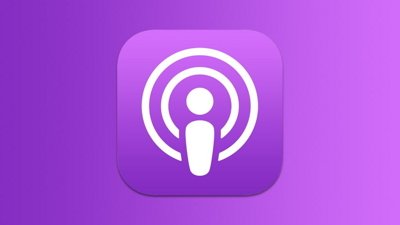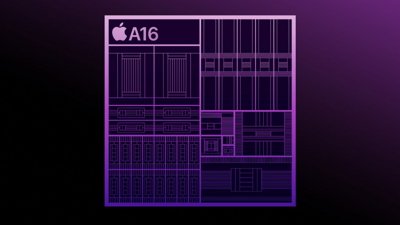A future version of Apple's HomePod or possibly even a computer could use out-of-phase speakers for internal component cooling purposes.
Amid rumors that Apple will release a smaller HomePod device in 2020, the U.S. patent and Trademark Office has published an Apple patent application that details a cooling method that could be used in a small speaker system.
The patent application, titled "Dual speaker enabled cooling," notes that some home audio systems may be compact, with little room for fans or other cooling mechanisms. As functionality and processing capabilities increase in these devices, heat dissipation may be an issue.
Some common methods of dealing with heat generation, such as internal cooling fans, aren't as realistic of an option when it comes to a device expected to operate quietly, such as a home audio system or a speaker equipped with a digital assistant.
In the patent application, Apple explains a way around these limitations by using specific speaker configurations to produce internal air flow and cool heat-generating components.
By incorporating specific arrangements of speakers and air ducts, Apple could encourage cooling of important components. More than that, the patent suggests that the speaker system could manipulate "in-phase and out-of-phase movement" of the speakers to produce internal air flow.
Using force cancellation when operating out of phase, the loudspeakers "may be operated as a type of pump to modulate the air volume within the housing," the patent contends.
Other portions of the patent also detail methods for a system to intelligently detect cooling needs based on internal and ambient temperature, as well as cooling volume. In several types of operation, the system could operate both in "cooling mode" as well as audio mode simultaneously.
Michael B. Nussbaum, Jason C. Della Rosa and Glenn K. Trainer are listed as inventors on the patent. All three have worked on audio-related patents for Apple in the past and, notably, Nussbaum was responsible for specific types of AirPods technology and Trainer served as the technical lead for HomePod.
 Mike Peterson
Mike Peterson








-m.jpg)






 William Gallagher
William Gallagher
 Amber Neely
Amber Neely
 Andrew Orr
Andrew Orr
 Wesley Hilliard
Wesley Hilliard

 Oliver Haslam
Oliver Haslam
 Christine McKee
Christine McKee









7 Comments
Not innovating, my ass.
Sound is a physical force, so yeah, this makes sense. I recall a college professor of mine showing me a tiny piezoelectric based cooling device with little flaps that could provide totally quiet cooling in a very confined space. It looked promising. GE eventually patented a piezoelectric cooling jet technique in 2004 and sold it off to a Japanese company. Not sure whether it ever gained widespread application, but the whole notion of using vibration, whether induced by speaker voice coils or piezoelectric crystals, to move air is fully reasonable. As with most technology that involves secondary or opportunistic “harvesting” of energy that would otherwise be ignored or wasted, it all comes down to efficiency and whether the intended benefit is worth the added complexity and cost. Inventions only become innovations if they can be put to practical use for the benefit of mankind. Otherwise, they’re just cool ideas, no pun intended.
So many Apple devices run warmer than I'd like them to. Both their routers (remember those) and iMac run much warmer than a lot of other non-Apple computers. So much so, the last Apple router had a fan in it. The Cube would have had a fan if it had got an update.
Making a speaker that needs an internal cooling mechanism? That's Apple trying to make a device so small, that heat dissipation becomes a real concern. But it'll be interesting to see if this bear fruit.